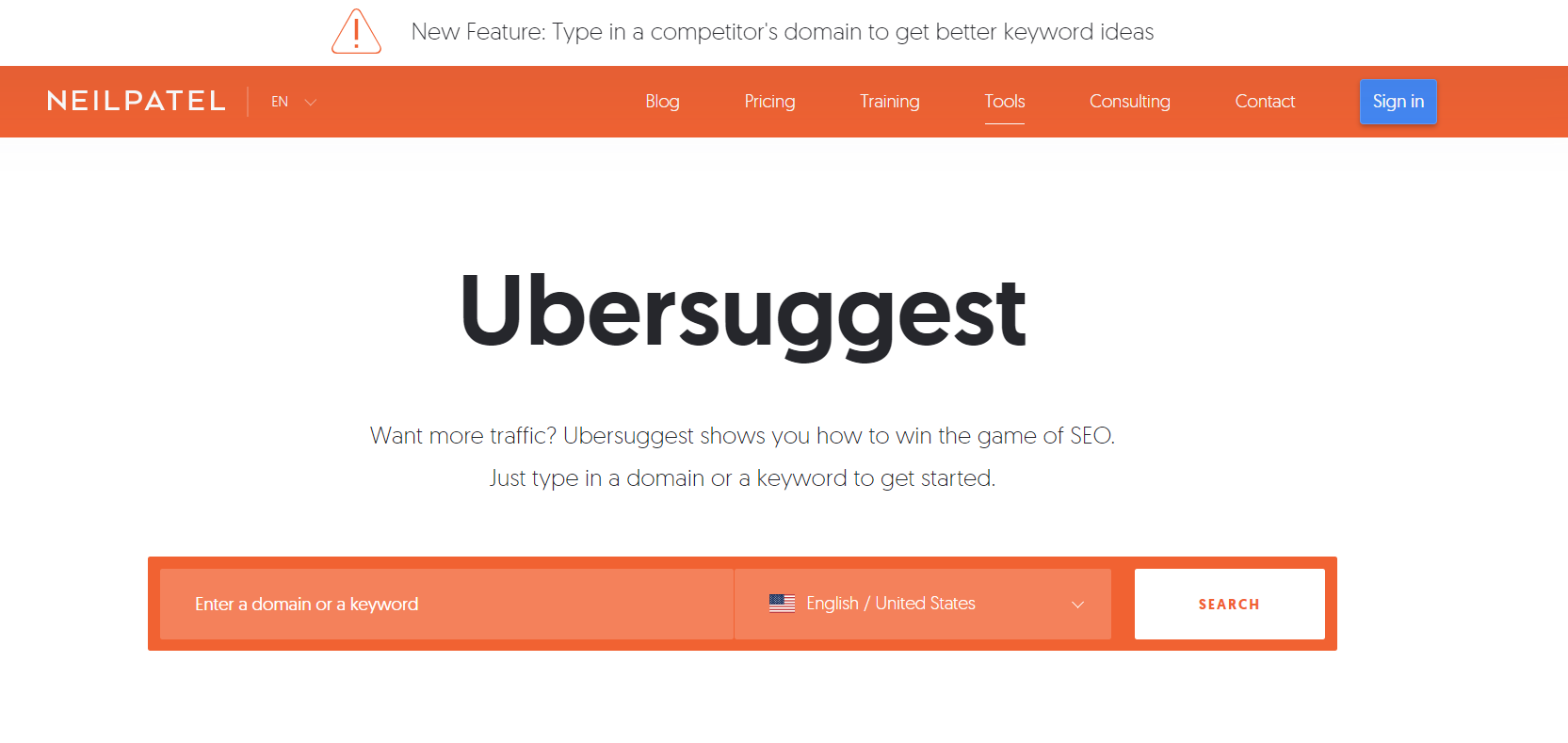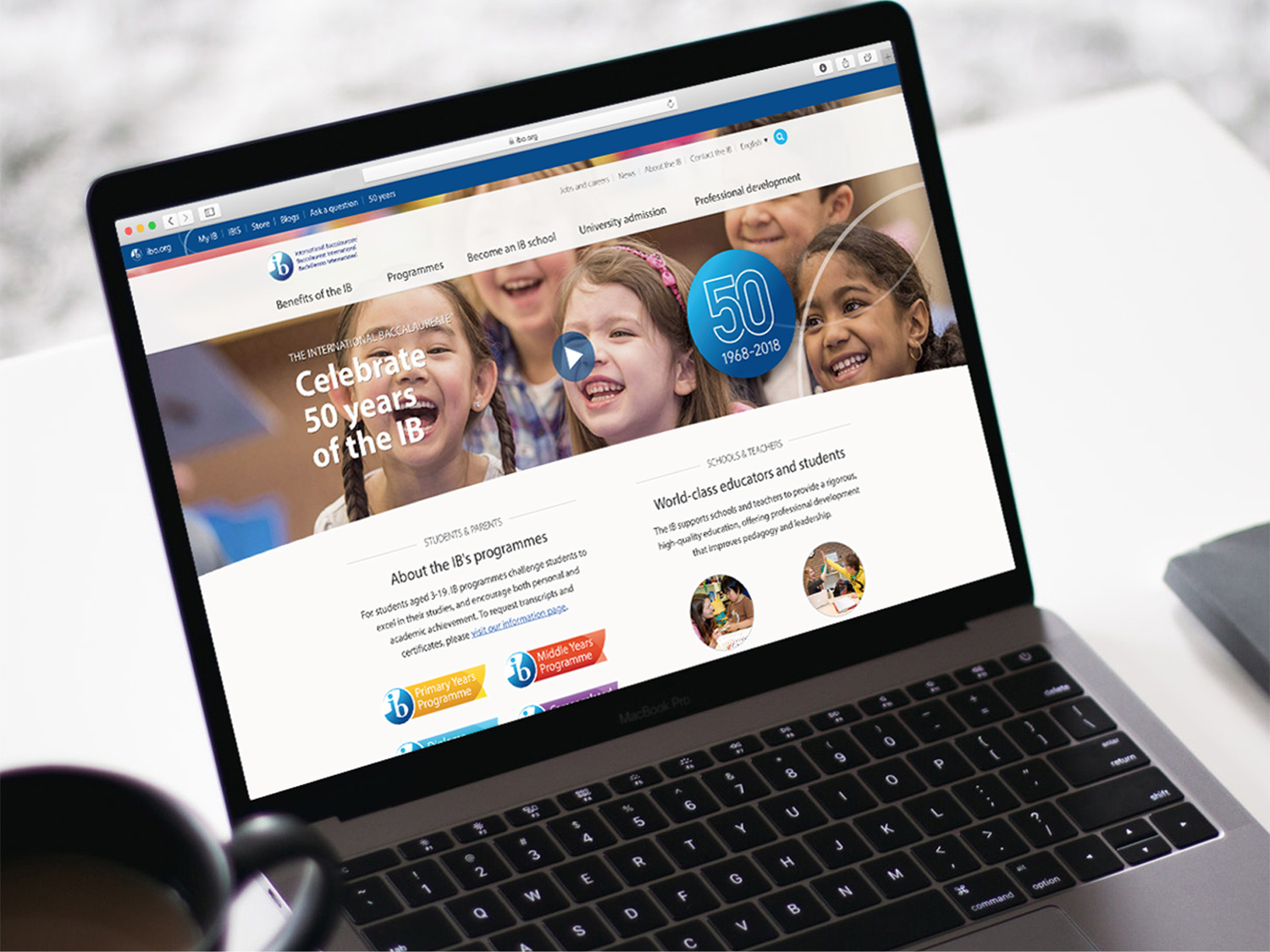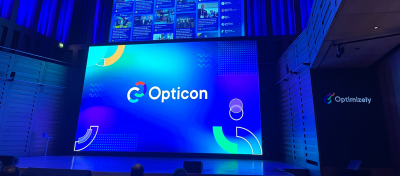When a company decides to redesign its website, it needs to think about the right approach and carefully plan each step. First, it is essential to define why the redesign is necessary. Set your goals and develop a strategy to achieve the desired results and avoid wasting time and resources. This comprehensive guide details the key steps you need to take to successfully plan and execute a website redesign process. Finally, we'll also take a look at some great examples of a good eCommerce website redesign.
Website redesign checklist – 10 crucial steps you need to take
If you think about redesigning your website, it's because you have identified specific things on your website that didn't satisfy you or didn't work as they should. So how can you redesign a website? First of all, you shouldn't start remodelling your site, blog, or eCommerce website just for fun. It is quite a time-consuming and relatively expensive project. Furthermore, we're talking about a whole list of elements to consider, including design, aesthetics, security, loading times, and other essential features because today, Google has a very strict policy against unresponsive or not secured websites.
A complete redesign usually involves a thorough transformation of your website code as well as its layout. This process is similar to demolishing a house to build a new one. Sure, you can keep some fittings like pipes, doors and a part of the foundation, but they may not fit your new construction. So before you jump into the redesign process, which can be lengthy and costly, you need to check if it's indispensable.
As an owner of an existing website, you may wonder how will you know when it's time to redesign and how often should you redesign a website. Well, let’s find out!
Website redesign – how often?
We can identify three common factors that can induce a company to rebuild their website:
-
Outdated Design: This is quite a subjective criterion at first glance, but we must admit that we all can easily recognise when a website is no longer graphically fashionable, right?
-
Unsatisfactory user experience: Trust your analytical data. If it shows that users can’t find what they want or perform actions they intend, it’s a time for a change.
-
Decrease of efficiency: If your website loads slowly and doesn’t work properly from a technical standpoint, it’s time to do something about that.
If at least one of these points describes your situation, redesigning your website is likely inevitable to energise your business. It is especially important when you feel that your current website is not generating enough revenue or leads. The average conversion rates in your industry can serve as a benchmark in this regard. However, it is worth considering the financial aspect before starting the entire process.
Website redesign is not trivial. This process takes time and money. Furthermore, it often involves changing the entire CMS or deeply modifying the user experience and integrating multiple forms of content. Make sure you’re ready for such far-reaching modifications. It is up to you or your external consultant to correctly assess the scope of the project.
However, if you feel that the moment has come and you need to redesign your web page, we have a practical guide to help you complete the process effectively. Of course, we're always willing to assist you along the way! Drop us a line for details.
Steps for planning a website redesign
How to redesign a website: First of all, a website redesign cannot be improvised. Follow our 10-step redesign website process that we showcase today, so you can be sure you won't forget anything. However, keep in mind that this is a generic list and does not fit all projects. Therefore, you or your website redesign company should decide which of these steps will work for you and in what order you should perform this website redesign project plan.
STEP 1: DEFINE YOUR WEBSITE REDESIGN GOALS
Every project requires measurable goals, and your website redesign is no exception. More specifically, you need to set goals regarding the proper functioning of your website, SEO, marketing and appearance. However, do not focus only on the web design of your pages in the literal sense, i.e., visual presentation. It can cause you to lose sight of what is far more important: Conversion rates and user experiences. Generally, you can have two types of goals in a website redesign brief:
-
Quantifiable goals: For example, you may want to double the number of visitors or correct some index in Google Analytics by a specific value.
-
Immeasurable goals: these are specific desired functions or projects. For example, more calls to action, faster and easier forms for users to fill out, or a more useful search bar.
STEP 2: ANALYSE YOUR SITE
When redesigning a website, you should not rely only on your intuition, and it is worth supporting each of the goals with specific data. This is where the audit comes in. Before making any changes, you should analyse what works properly and what doesn’t. Auditing is a mandatory part of any redesign process of an existing website. It allows you to confirm the original goals with data and refine them. Thus, it will enable you to make informed decisions on which functions to modify, remove or add. Whether you want to alter your blog, landing page, or eCommerce site, the entire audit should include:
- Technical and SEO aspects (Does it work correctly? Is it responsive? Does it fulfil Google requirements?)
- User Experience (Is it intuitive to use? Can users find anything they might need?)
- Conversion rates (Does it support sales strategy? Does it bring new leads and queries from potential customers?)
STEP 3: GET TO KNOW YOUR TARGET AUDIENCE
To create the best website for your visitors, you need to know who they are and what they need. By collecting data on your website before the redesign process, their analysis will allow you to verify your hypotheses or, on the contrary, highlight some contradictions. That is why internet data analysis is so critical. First of all, you should find the answer to three questions about your target audience.
- What are their preferences?
- What do they look for?
- What keywords do they use?
All this information will help you create the best overview for them and their needs. It would be unwise to start a redesign project only to realise that, in the end, you've solved the wrong problem. Your visitors may not have the same idea of what's wrong with your site. For example, it's common for businesses to take great pride in their website design before realizing that the home page generates an unusually high bounce rate.
STEP 4: REVIEW AND UPDATE YOUR CONTENT
Website redesign is also a great moment to create a brand new content strategy. Your new design and content should work together and complement each other. Rethinking your content can help you get new visitors. Here are some ideas:
- Identify old, outdated texts that you can update or rewrite
- Implement a new publishing schedule based on best practices for user engagement
- Look at the content that is doing well and use it as a template for creating future texts and graphics
STEP 5: CHECK YOUR SEO AND TECHNICAL ELEMENTS
Your website must have the exemplary architecture to be perfectly read by Google or another search engine. There are many ways to optimise your website for SEO during your website redesign, but in particular:
- Make sure you have well-written page titles and meta descriptions for all your content
- Design your content for readability and include headings and sub-headings
- Target all your landing pages with the right keywords
- Check your website loading times and try to lower them. Use this tool to verify that.
Taking care of SEO during redesign comprises integrating the right keywords into the website structure, URLs and page content. It also means organising your internal network and making technical choices for optimal web and mobile performance. Neglecting this step means taking the risk of putting a website with limited SEO potential on the web.
What about technical aspects? Here, it is vital to check if your website uses the up-to-date technologies and meets modern market requirements. We check your code and its optimisation level. Technical changes can positively impact your website’s operation and position in Google.
STEP 6: TAKE CARE OF RESPONSIVENESS – THE MOBILE-FIRST APPROACH
The statistics are clear. In 2021, mobile browsing has overtaken desktop browsing and has grown steadily ever since (54.8% in Q1 2021).
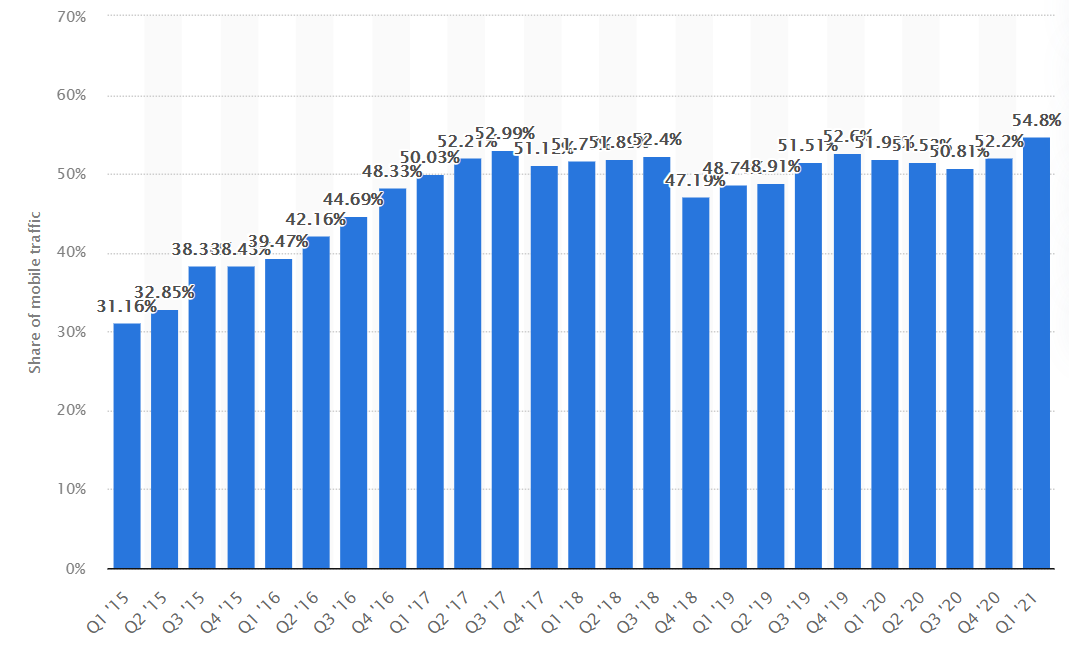
Therefore, users will be browsing your website mostly via their phones and tablets, so you need to make it possible and convenient. In other words, your website should be responsive – it should be able to seamlessly adapt to the size of the user's screen and device.
STEP 7: MAKE A SCHEDULE
After analysing the most critical elements on the page and having a clear vision of what effect you want to achieve, it's time to plan individual tasks and rank them on the timeline. Good websites are not created overnight. More often than not, this process takes over a month. Therefore, be realistic and define a feasible deadline for completing the redesign. Then break that time down into smaller periods and shorter tasks.
STEP 8: PROJECTS
When designing a new page, start by developing wireframe models. They should not contain visual elements but just the tree structure, the space allocated to each component and the path to each section. In the next step, you can bring your website to life with graphics. It is worth considering doing user testing at this point and getting feedback from end-users. After all, it is for them that this new project is being created! It would be a pity if your main functionality were left out as it is (not intuitive or not working properly) when placed on the web.
STEP 9: DEVELOPMENT AND INTEGRATION
Development is usually the final stage of any website redesign. That is the time to prepare the pre-production environment and install the CMS. It is worth devoting enough time to this stage to legibly code your website, following the best SEO and industry practices. When creating subpages, make sure to test their functionality on different browsers to ensure a consistent experience for all users. Also, remember about responsiveness and verification of the website's operation on other devices, especially mobile ones.
STEP 10: LAUNCHING THE SITE
Granted, getting to this point was quite long, but you have finally done it after months of hard work. Now is the time to launch your website. However, remember about redirects. Developing a decent redirect plan is a mandatory step for two reasons:
- Your new website uses the SEO potential of your previous website while retaining backlinks
- Your visitors want to see your website, not 404 errors
To do this, list old URLs and associate them with the new URLs. If you are working with a website redesign service company, make sure they take care of this point.
Costs of a website redesign
Perhaps you’re now thinking, "Ok, but what is the real cost to redesign a website?" So let's say right away: There is no one definite answer because many variables are involved in the redesign project and the cost of the technology constantly changes.
Overall costs have dropped significantly over the past few years, but that doesn't mean the website redesign process is cheap. If your old website was technically complex, there's likely to be much coding work. Remember that it takes time to select and implement new technologies that are more powerful and complex than your previous ones.
Website redesign examples
With this lengthy introduction done, we can now take a look at some great examples of changes in websites, which showcase why website redesign is so important.
MATOPEDIA.NO
Matopedia is a license-based, digital learning tool for the food and health subject in primary schools in Norway. Our role was to provide a full visual redesign of their website with a strong focus on teacher showing the lesson to students in the classroom. We’ve made this website more colourful and visually attractive. We’ve also implemented a modular design— all required components that present thumbnail for content match each other in different combinations (quizzes, articles, lessons, films) so they can be mixed. Moreover, we added custom campaign pages and new quizzes so that students can verify their knowledge in a fun way.
UBERSUGGEST
Ubersuggest is a keyword suggestion tool currently owned by Neil Patel. However, before the redesign, the website did not match his blog's appearance and did not indicate belonging to this owner:
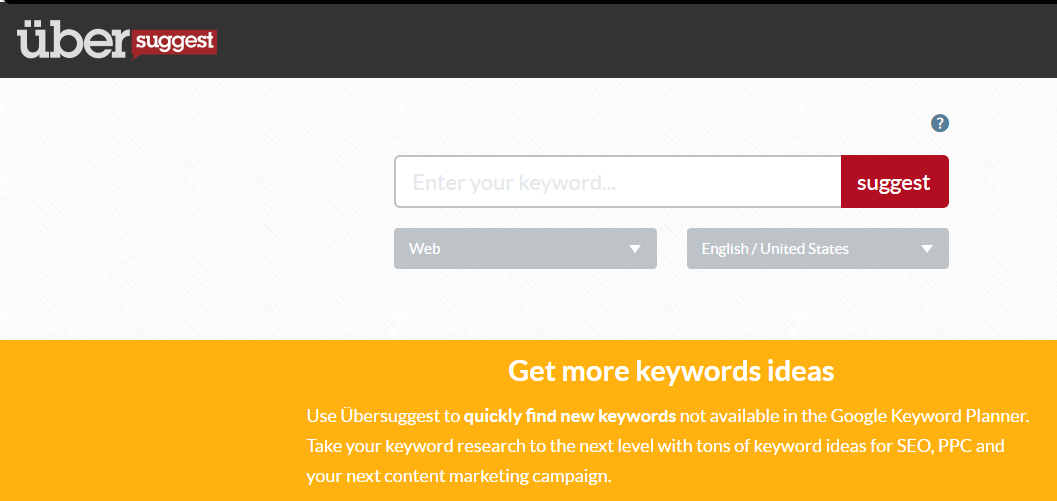
After a thorough overhaul, the visual side of the website now fits the owner's blog. As you can see from this particular example, if you are about to change your company's branding, redesigning your website can help support your efforts.
PROBLOGGER
Likewise, significant changes can be seen on the Problogger website. That is a website operated by Darren Rowse that provides tremendous value to content marketers. A few years ago, it looked like this:

Thanks to the rebranding, the website now looks much more modern and shows where Problogger's activity is headed:
IBO
When we started working with IBO, they also needed a change. The goal was to create a website that would reflect the company's professionalism and quality. So we took on an advisory role in a close relationship with IBO, and we took care of combining all our competencies: Our know-how in the field of business analysis, interaction design, UX and graphics design, front-end and back-end development, as well as solid project management. The result of this cooperation, which has been going on since 2014, is a modern, future-proof, and constantly developed website with the highest UX standards.
Final thoughts: Website redesign
The redesign is a complex process that deserves to be treated with seriousness, patience and accuracy so that your new platform does not become obsolete after just a few years. By dedicating the time necessary to plan your website redesign intelligently, you will be better positioned to allocate the proper budget to this vital project and channel your business opportunities through a thoughtful and structured digital strategy based on measurements to meet your adequately and your customers' needs.
Redesigning a website needs to be a well-thought-out process and well-organised to get the best out of it. If you need help with redesigning your website – don’t hesitate to contact us. Book a free consultation to assess whether it’s time to redesign your website.
Author

Marcin Krawczyński
Senior UI Designer
Throughout his 15-year career, Marcin's been supporting his clients in developing a creative vision and introducing strategies and business goals focusing on the projects' visual aspects. His experience ranges from UI and graphic design to art direction and branding. He enjoys the ever-changing nature of his art direction role, allowing him to work creatively and analytically within a group of unique, highly-skilled professionals.
Related articles
![Medieval people at the market – a painting in Pieter Breugel the Elder style generated by AI.]()
December 15, 2023 / 3 min read
Stop 'crying wolf': Insights from Black Friday 2023 in the UK
Black Friday and Cyber Monday, pivotal moments in the UK's retail calendar, mark the start of the festive shopping season. Every year, IMRG – the UK Ecommerce Association - collects...
![A stage with a large screen from the Opticon conference.]()
December 11, 2023 / 4 min read
Everything you might have missed from Opticon 2023
We recently participated in Opticon in the UK and Sweden, and we’re eager to share our insights on the latest developments to Optimizely. This year has brought some exciting changes,...

